Today I’m going fishing – for litter and plastic.
It’s a sunny Saturday morning in East London, and I’m sitting on a stationary canal-boat-turned-cafe, sipping coffee (in a reusable cup!), and listening to a woman called Cal Major speak about plastic pollution.
Cal Major is a champion stand up paddle-boarder from Devon, England, who’s founded an initiative called ‘Paddle Against Plastic’ which aims to get people caring about their environment through adventure. She’s been working with a variety of organisations – including KEEN, the outdoor shoe brand – to amplify the message that we need to be doing more to clean up our water systems and reduce plastic pollution.
Which is why KEEN invited a group of people (myself included) to spend the morning helping to rid London’s canals of their plastic litter.
It’s no surprise that people like Cal, who are passionate about the outdoors, are becoming eco-warriors in a very real sense. I follow plenty of these folks online – surfers, kayakers, rock climbers, long-distance runners, and generally record-breakers of all kinds.
They see the devastating effects of pollution directly in front of them as they travel, and witnessing such blatant disregard for the environment pushes them to campaign.
But I’m not exactly a record-breaking adventurer – so where do I come into all this?
Read more: the biggest ethical travel mistakes I’ve made abroad
The hard-to-swallow facts about plastic pollution
I’m not exactly an outdoor person. By which I mean: I love being outside, and plenty of my travels have involved long-distance hiking, polar swimming, underground caving and walking around fire for eight hours. When I’m back home though, adventurous activities in my daily life are not really the norm.
But when it comes to plastic pollution? As a long-time traveller, there’s no escaping the increasingly obvious fact: pollution is visibly affecting every destination I travel to. Like last year in Bali, a country famed for its ‘beautiful’ natural landscapes, where the most common sight was a beach absolutely thick with tidemarks of plastic litter.
More than 8 million metric tons of plastic finds its way into the ocean each year, and that’s on top of the estimated 150 million metric tons which are already circulating through the world’s waters.
It’s a surreal, disgusting, horrific amount – and a staggering 50% of this marine litter is comprised of single-use plastic items. Yet companies keep churning it out: drinks bottles, takeaway boxes, cutlery, cotton buds, and the ubiquitous plastic bag.
Why? Because we keep buying single-use plastic.
I know the topic of plastic pollution gets a lot of attention (and it’s for good reason!). But now I’m sticking my oar in too. Because when you’re actively looking for this level of plastic pollution, you see it absolutely everywhere.
Those clean plastic bags at the supermarket check-out? Those polystyrene boxes filled with steaming food at festivals? Those plastic bottles in a cafe fridge? Put them in a different, more natural setting (like a picturesque canal in England) and suddenly you’re emptying out grey-green river sludge through an upside down McDonalds cup, squishing a muddy plastic bag peppered with holes, or fishing brightly coloured bottle caps from the surface of a river while baby ducks swim past.
Read more: Ten eco-friendly travel products I use (and re-use!)
In the UK we use over 7 billion plastic bottles every year and only half actually get recycled. In London alone, the average adult buys three plastic bottles every week, which adds up to 175 bottles per person a year.
And where do all those bottles go?
Well, a recent study found that there are traces of micro plastic in every single waterway in England, so clearly a lot of it gets dumped into rivers, canals, lakes and the sea. We don’t yet fully understand what effect this level of plastic pollution in our water has on human health either, but it’s pretty clear that animals are not doing all that well: those same micro plastics have also been found inside every single marine mammal stranded on UK shores.
It’s time to do my part and start actively helping to reduce plastic pollution.
Pin me for later!
Plastic Whale: a new way to positively recycle
“Did you know that plastic is one of the most durable man-made materials ever?”
After Cal Major had finished speaking, a man appeared wielding a net. He works with a Dutch social enterprise called Plastic Whale, who fish out around 60,000 PET plastic bottles a year from the canals of Amsterdam. They then separate the PET from the collected plastic, turn it into flakes and fibres, and use these components to make boats.
The more plastic they collect, the more boats they make – and the freshly-made boats then sail along the canals collecting yet more plastic. It’s a perfect plastic-collecting cycle.
Plastic Whale initially began in 2011 to prove a point: by successfully constructing a single boat made entirely from canal plastic, they planned to demonstrate how polluted the waters of Amsterdam were. But it quickly became apparent that fishing for plastic could allow thousands of eager participants to regularly clean up the canals, and spread awareness while they did it.
Now they have a fleet of a dozen boats picking up plastic in the canals of Amsterdam and Rotterdam, and this summer they’ve sent the bright yellow boat (seen above) on a mission around Europe. Plastic Whale are proving that single-use plastic doesn’t have to be disposable waste: instead, it can be a useful raw material.
But we still needed to experience Plastic Whale’s initiative for ourselves, and start picking up some plastic. It was time to get out onto the water.
Collecting trash in canoes on the Hackney canals
After we were kitted out with life jackets, paddles and the all-important bin bags and litter picking devices, we manoeuvred our way into a series of canoes at the edge of the canal.
Being out on the water was lovely. I used to live in East London and occasionally I’d spend a day walking along the canal – but I’d never got closer than that. Now we were parallel with the houseboats and barges, pulling our paddles through the calm water and gliding beneath the bridges.
I’d boarded a canoe with Caroline, a fellow blogger who I’d just met, and it didn’t take us long to start spotting plastic. Our canoeing skills weren’t the best, but once you’ve seen a piece of plastic its hard to ignore – so we awkwardly paddled ourselves back and forth, shimmying the canoe into the gaps until we could reach across with the litter pickers and grasp whatever it was possible to reach.
It was hilarious! – or at least, it was to start with.
Once I’d settled into ‘noticing’ the rubbish, I could see it literally everywhere. Stained bottles caught in the undergrowth. Circular flashes of colour floating on the water’s surface. Tiny chunks of foam and polystyrene, leaving a trail of tiny bubble-like white dots as they broke apart. Beer cans nestled in the hollows of canal barricades, slowly dripping stale liquid into the canal below.
And most disturbing? The glimpses of tattered white plastic swaying eerily in the water beneath us. With the movement of every boat above, more strips and fragments continually tore off, and the bags were so firmly embedded in the silt below that there was no hope of grabbing them.
Our bin bags soon contained bottle tops, sweet wrappers and scrunched up balls of tinfoil, merging with the brambles and weeds. Most of the thin plastic had broken apart so badly that it was difficult to identify what it might have once been.
Unfortunately, some rubbish is all too easy to identify – especially when it still has its lid, striped straw and internationally recognised logo.
(Just FYI: these McDonalds cups may look like cardboard, but they have a thin layer of polyethylene plastic inside to prevent leaking which means they’re fundamentally non-recyclable)
Amongst all the trash there were still reminders of nature growing in the wild, and I tried hard to see the beauty in this environment.
I spotted clusters of blackberries in the bushes and half-considered picking a few to snack on – but almost immediately I wondered what they’d taste like, seeing as their water supply was coming from the filthy canal?
And my vain attempt at positivity all came tumbling down when I saw a pile of shredded plastic which, as we drew closer, turned out to be a bird’s nest. Somewhere close by, a poor creature had used ragged strands of filthy plastic to make its home instead of twigs.
Newsflash: there’s a LOT of plastic trash in London’s canals
After an hour of litter collection we headed back to dry land and heaved our trash bags up to the water’s edge. It was a sobering sight. In just one hour, a group of two dozen people had collected 63kgs of plastic – and there was a lot more rubbish besides.
One group had found a condom, a sanitary pad, and a nappy floating in the water. Others had picked up a Chinese patterned vase, a zippered suede boot, a fluffy slipper, a pair of shorts and a little plastic toy teacup.
When it was all piled onto Plastic Whale’s bright yellow boat, it was a pretty depressing sight.
But as I looked out at the canals, it was somewhat bolstering to see a dozen more people on paddle boards, criss-crossing the water with paddles raised and buckets filled with rubbish.
Another group of plastic trash collectors were also operating on the same stretch of canal, and they were still working on the clean-up job even after we’d stopped.
How to raise awareness about plastic pollution (hint: it involves you!)
There’s no denying that I saw on the canals really shocked me. I won’t get that plastic-filled bird’s nest out of my mind for a long time.
But perhaps that’s a good thing? Perhaps it’s necessary to receive a jolt of cold reality occasionally – as now I feel doubly invested in cutting down on my single-use plastic usage, and getting more involved in clean-up operations wherever I can.
The war on plastic might feel never-ending, but there are plenty of people passionate about collecting and recycling the world’s plastic, and raising awareness too.
- Use a reusable bottle for your water and stop buying plastic bottles!
- Use a reusable coffee cup — even the disposable ones you get in a shop often have a plastic lining
- Carry a reusable bag and stop taking plastic bags when you’re in the supermarket
- Avoid using plastic straws (unless a disability requires using them)
- Try to avoid buying fruit and veg packed in plastic for a week
- Try to walk at least half an hour a day — hopefully through somewhere green to connect with nature
- Try to pick up ten pieces of rubbish a day (keep an old plastic bag in your usual bag for this – and maybe a rubber glove too if you’re unsure about the dirt factor!)
- Pick up plastic and cans on the street (or in the water!) and put them in a recycling bin
Pin this article if you enjoyed it!
NB: I was kindly invited to this plastic clean-up event by KEEN, for which I’m seriously grateful. Getting my hands dirty in the name of plastic pollution has really given me a necessary kick into action – so stay tuned for more conservation activity. I hope you’re equally inspired to start reducing your plastic usage, too!

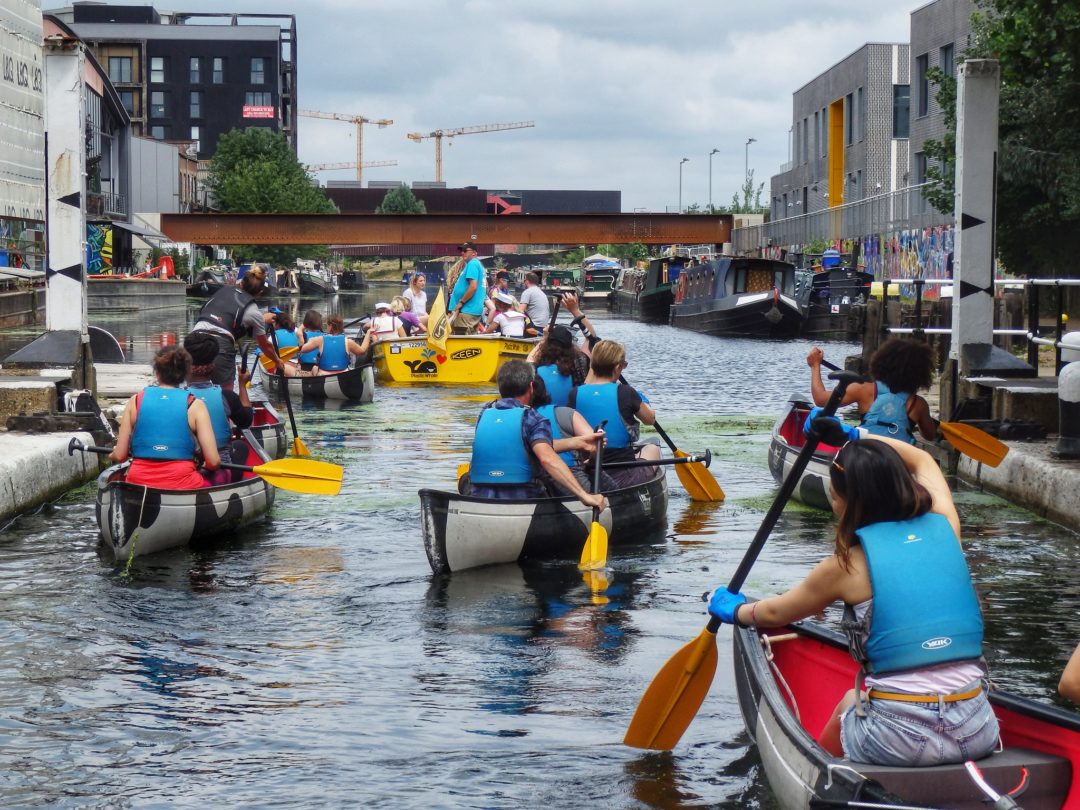




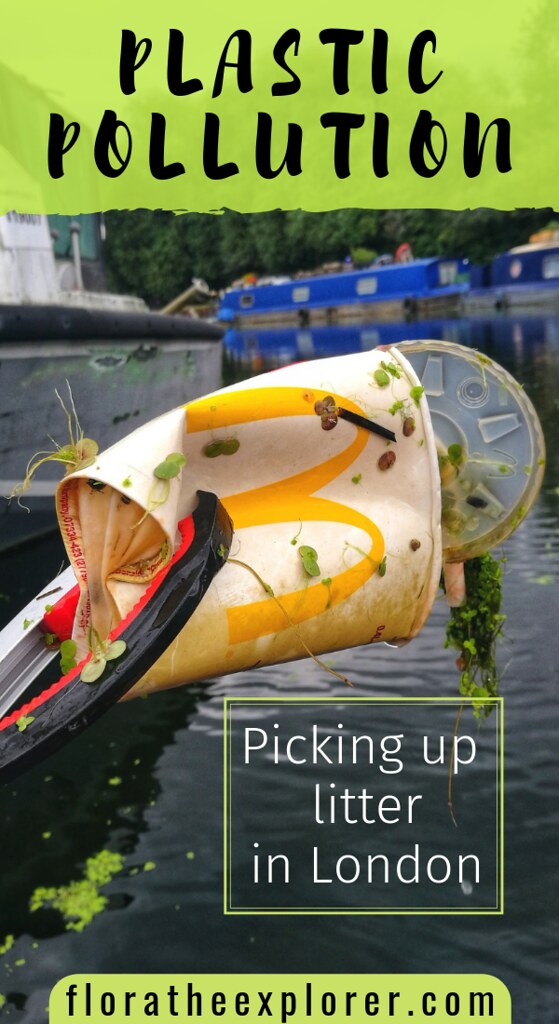

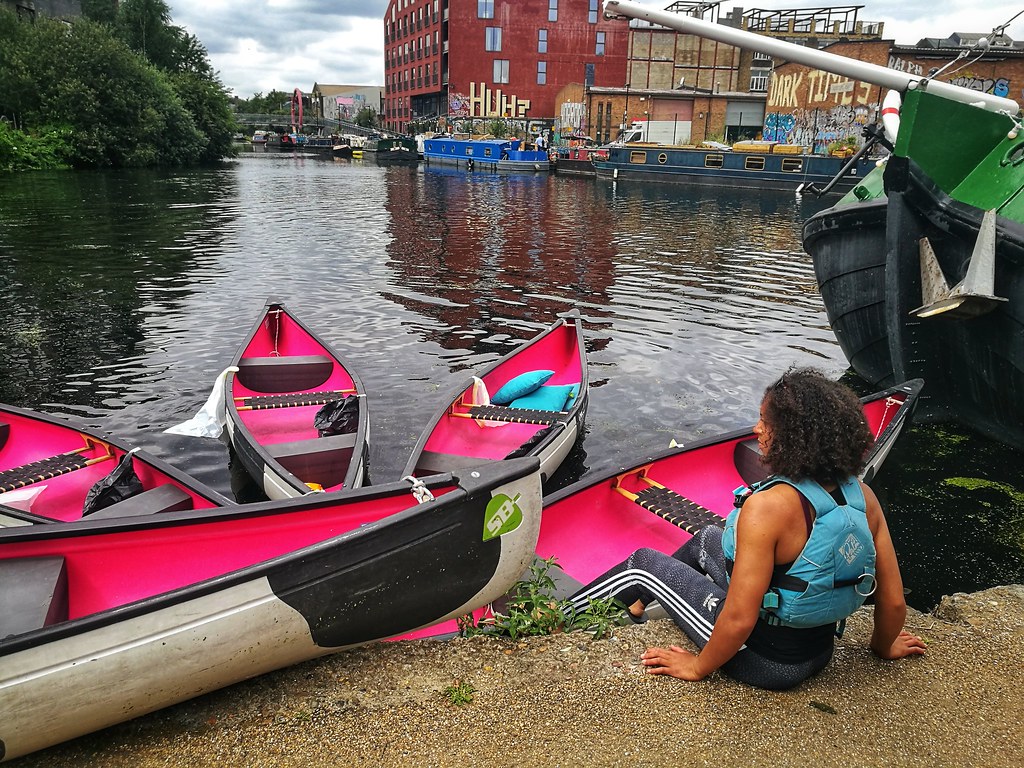
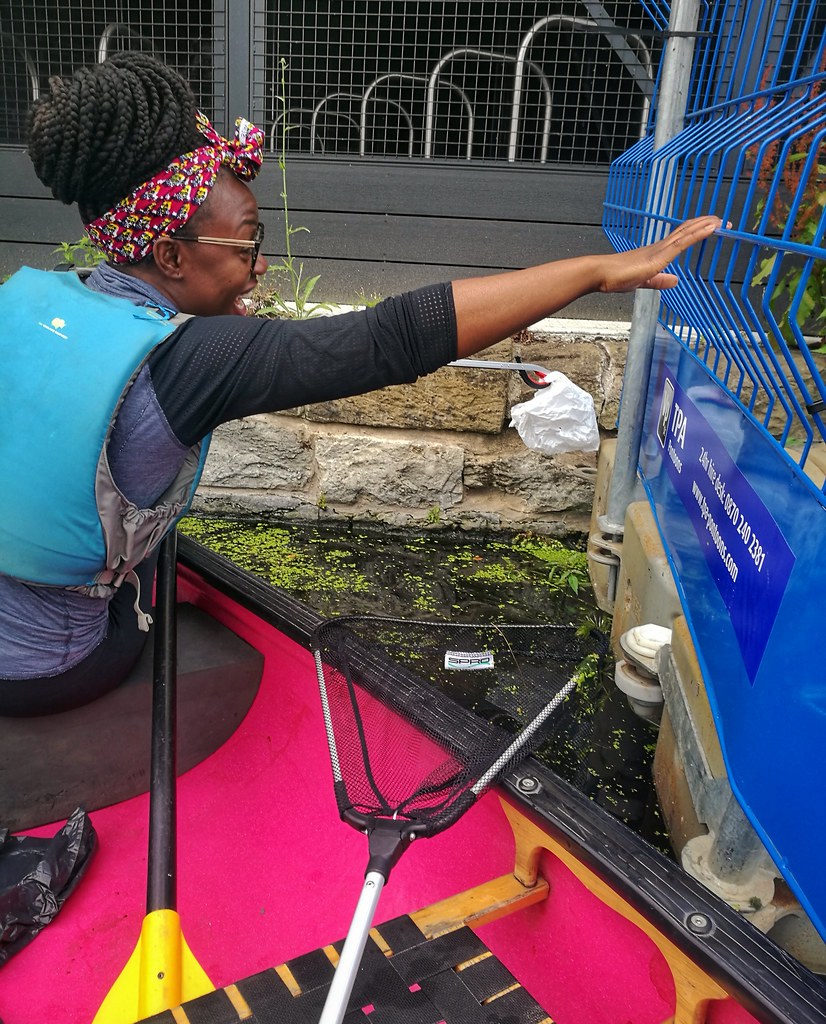
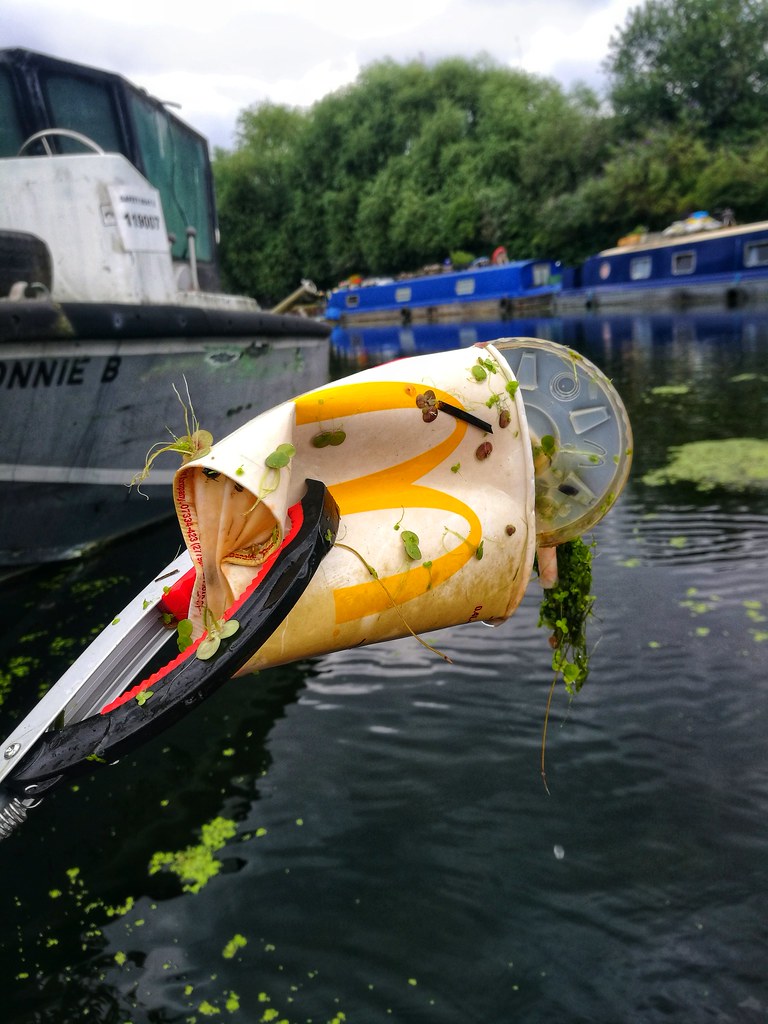

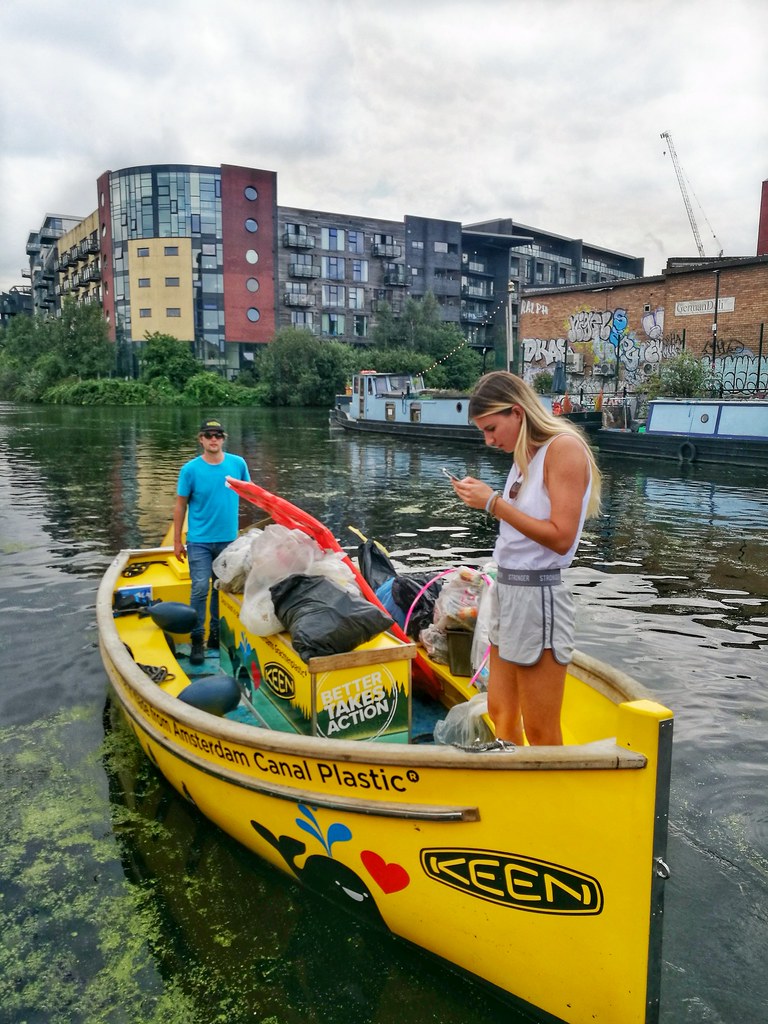
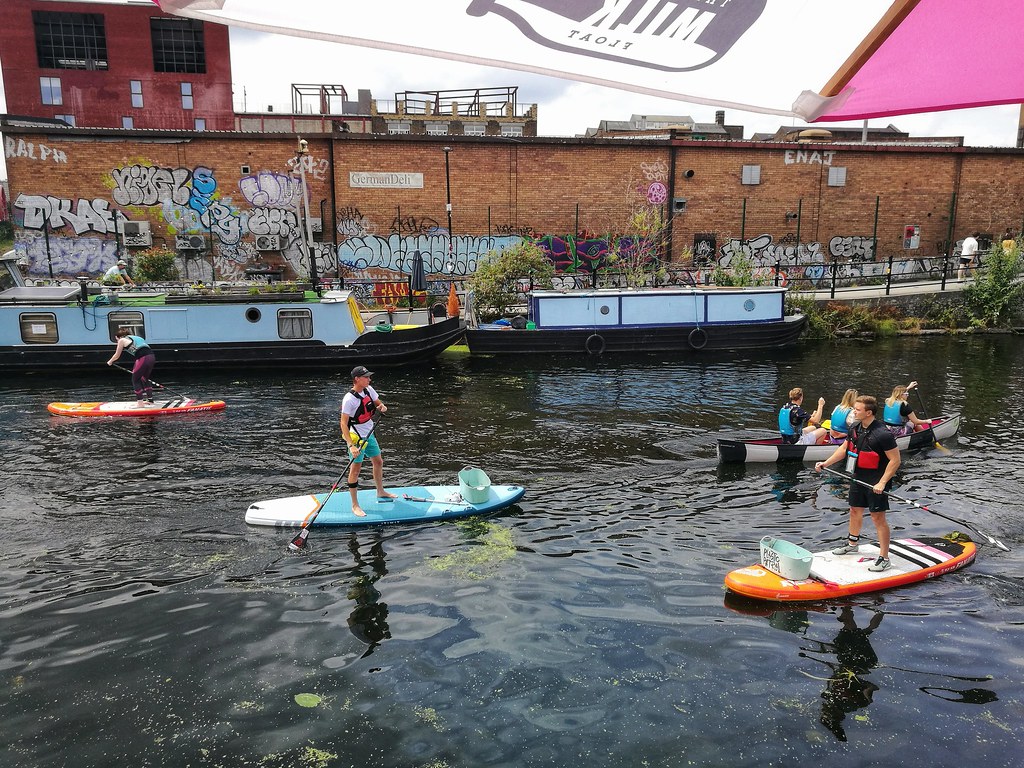
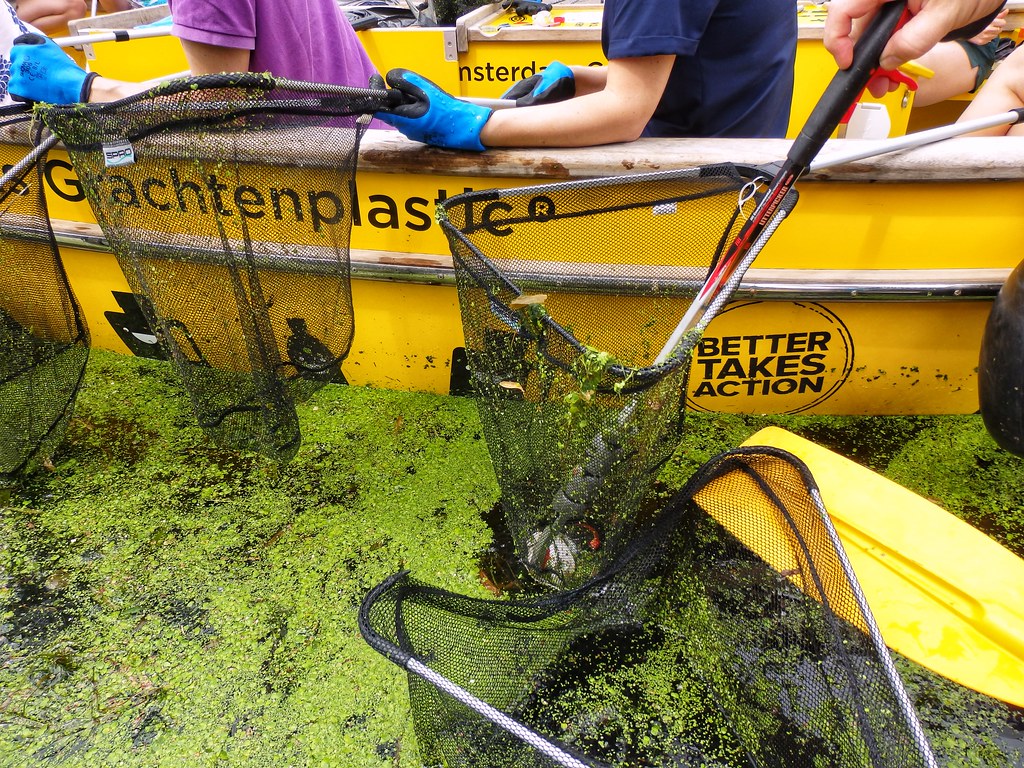
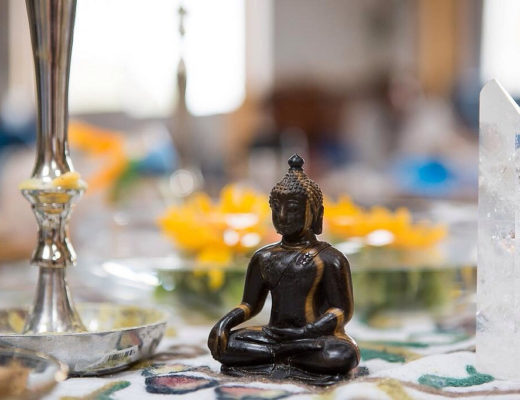

3 Comments
Bernie and Jess Watt
July 18, 2019 at 3:38 pmThis is such a cool idea and done in a way people would want to be involved!
Flora
July 19, 2019 at 7:46 amThanks guys! It was such a good way to get people involved in environmental activities 🙂
Steven
July 22, 2019 at 11:46 pmGreat journalism ms Flora, I see this disposal in areas here as well. The U. S. has started some years ago but haven’t scratched the surface but it’s a start. Some communities are now passings laws on single use plastics here. Glad you document situations like this.